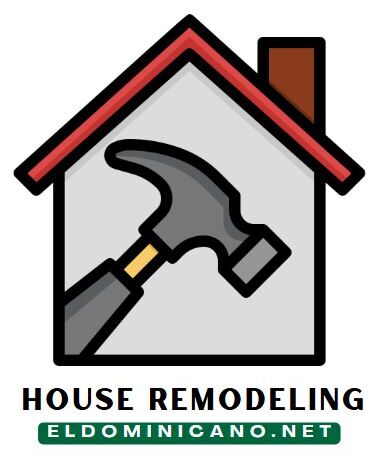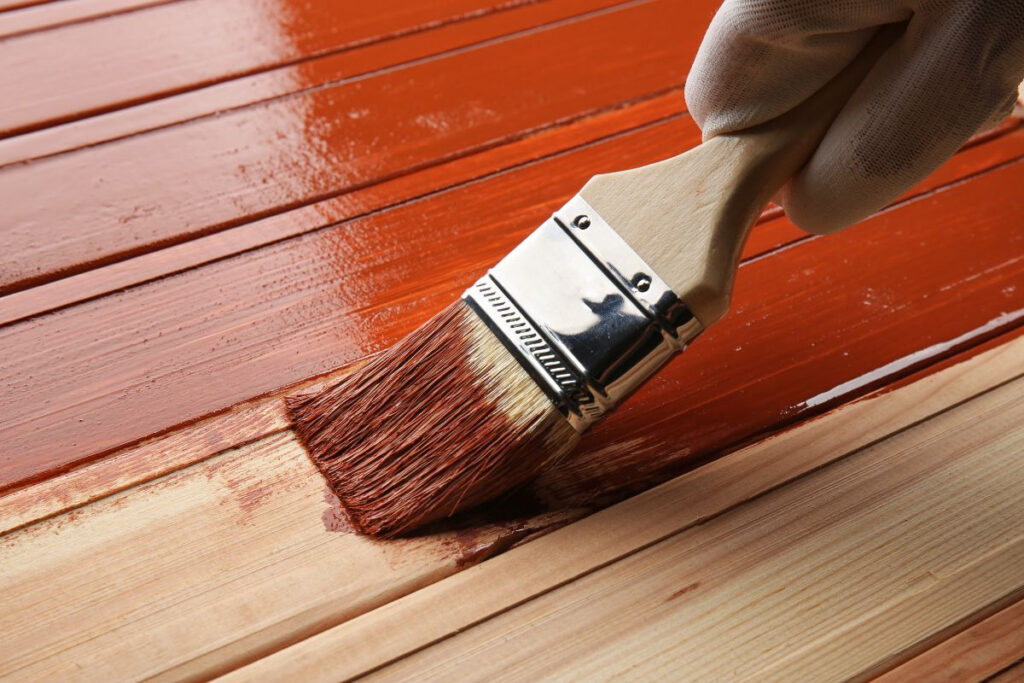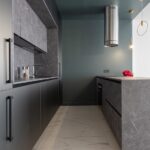Preparing the wood before applying a paint or paint is an essential step to ensure a resistant and aesthetic finish. Without a good preparation, the paint can flake, absorb irregularly and lose sustainability. But should we systematically use an undercoat before applying a wooden finish? What are the cases in which it becomes essential? How to choose the right products, favoring ecological solutions such as Biolooking lacquered? This complete guide answers all these questions.
What is a background for wood?
An essential primer to prepare the surface
An undercoat is a preparatory product applied before painting or brushing with lime. Its main role is to create a homogeneous base that allows a better adhesion of the finish by limiting the absorption of the wood. Without it, the raw wood absorbs by painting irregularly, which can cause aesthetic defects and premature wear.
The different categories of underestimation
There are different types of underestimation, each suitable for specific use:
- Water -bassed: Less harmful to the environment and with low smell, they are ideal for interiors.
- Oil -Basato: More penetrating, they are used for specific woods that require in preparation.
- Anti-tanin: Designed for tannic woods such as oak or chestnut, they block tannins lifts who could alter the finish.
Why do we recommend using a background?
Reinforced socket
The undergoing improves the grip of the paint or brush with the lime on the wood, thus guaranteeing long -lasting clothing and limiting the risk of dispersion.
A homogeneous rendering
Without an undergrowth, some wooden areas absorb more paint than others, creating visible irregularities. A primer divides the surface and allows a more fluid application.
Additional protection
Some woods contain substances such as resins or tannins that can alter the paint by creating points. A primary anti -tank primary prevents these phenomena and guarantees a perfect finish.
🔹 Good to know: BioLevosa lacks are designed with ecological components and apply perfectly to natural sub-frames, for an ecological and durable finish.
In which cases is the essentials essential?
Raw or porous wood
Untered wood absorbs excessive painting, making coverage irregular and requires several additional layers. An undercoat reduces this absorption and optimizes the final rendering.
Tannic woods or conifers
Oak, chestnut and some conifers release substances that can cause halos on painting. A primary anti-coda or anti-sect prevents these inconveniences.
Surfaces already painted or painted
When a wood has already been painted or painted, a background facilitates the adhesion of the new finish, especially if the old paint is smooth or shiny.
Environments exposed to humidity
The wooden or wet rooms for outdoors (bathrooms, kitchens) require a background to avoid blisters and guarantee water protection.
💡 suggestion: For an ecological and sustainable finish, Biolooking lacks offer excellent resistance and an orderly appearance.
How to choose the suitable background and finish?
A choice based on the type of wood
Exotic wood: They naturally refuse some oils that can damage the grip of the painting. The undergoing is essential.
Wood Conifere: They require a primary anti-taval before the background to avoid colorful spots.
A finish suitable for the desired effect
Satin lacquer: Ideal for an elegant effect and reinforced protection.
Mate Painting: It offers a natural and contemporary aspect.
🌿 Why choose BioLevose Laccine?
- Ecological formulation, without toxic solvents.
- Excellent adhesion on the wood.
- Resistant finish with shock and spots, for internal and external use.
Application: the steps to prepare wood well
Sanding: Smouolar the surface to remove roughness and promote the grip.
Application of the background: Choose a product adapted to the type of wood.
Drying: Respect the time indicated before applying the paint or lacquer.
Biolooly or lacquer paint: Apply in thin layers for impeccable rendering.
With these steps, the wood is perfectly prepared to host a finish that lasts over time.
The application of an undergrowth before painting or wood varning is an essential precaution to guarantee uniform rendering and optimal duration. Depending on the type of wood and the exposure environment, a background can be essential to prevent lifting of tannins, avoid irregularities and improve the adhesion of the finish.
Opposures for ecological products such as biolevic gaps not only preserve the environment, but also to obtain an elegant and resistant finish. Discover the entire range to improve your woodworking by respecting your interiors.



